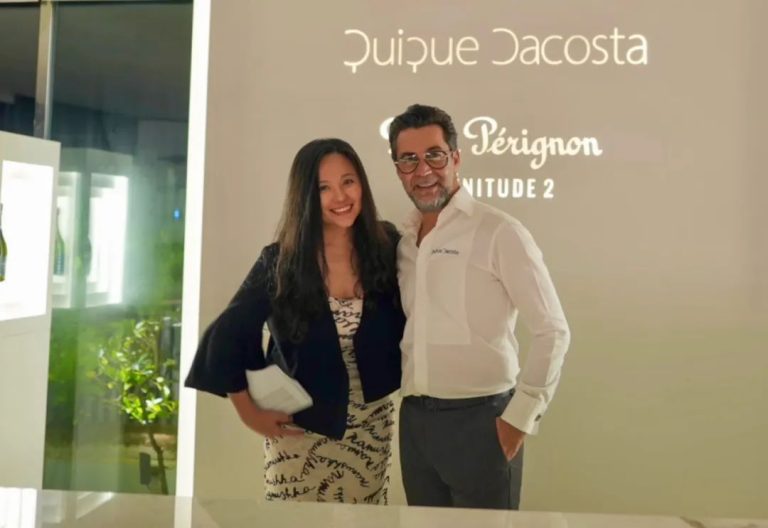
Even the worldaround us is building more walls, globalization continues to flow through intangible things. Whether it's the fusion of various cuisines or the subtle tweaks made to local dishes in order to bring in other culinary traditions, one can see that a new generation of chefs is creating trends – each has a story behind. Chef Pam's fusion cuisine stems from her family background. Thai by birth, Chef Pam is the fifth generation of her family who immigrated from southern China. Chinese-Thai cuisine was her everyday diet, which also led to the creation of Potong, one of Bangkok's most sought-after restaurants.

The new generation of chefs has begun to embrace their own land. They have learnt Western techniques, but have decided to unleash their talents on the canvas of Chinese cuisine. After winning a Michelin star for Ling Long Beijing, Jason Liu, at the age of 30, once again garners a star for the restaurant’s new venue in Shanghai, the most challenging city for top-notch restaurants in China, after opening only for few months. In my mind, the two spots are not on the same level any more.

Established with the backing of the Ceretto winery and situated in a historical building that has undergone meticulous renovation, Piazza Duomo is led by chef Enrico Crippa, who began his culinary journey at the age of 16. He was mentored by legendary Italian chef Gaultiero Marchesi, and trained under renowned chefs Michel Bras and Ferran Adrià, as well as in Japan for four years. The marshmallow-pink dining space is adorned with Francesco Clemente's frescos, reflecting idyllic natural light, while the window offers a glimpse of Alba’s beautiful main piazza.

China's thousands of years of history have nurtured a diverse and beautiful cultural treasure. With the refinement of Chinese cuisine, the catering industry is stillexploring how to present Chinese aesthetic, which cannot be achieved fortnight and for some people, it is a lifelong endeavour. This year's newly-awarded Michelin one-star Sichuan cuisine restaurant in Guangzhou – Yong – is a pioneer in this regard. In its first year of operation, Yong has not only developed its own style but also created a memorable dining space where Chinese culture is perfectly interpreted through the art of food.

fter three years of anticipation, The Chairman and 102 House once again joined forces in Shanghai at the end of this August, marking their third collaboration. The first time was at The Chairman in Hong Kong, the second at Den in Tokyo, and this time at 102 House Shanghai with the theme of Huangpu River-inspired Cantonese Flair.

If Disfrutar is the pioneer of modern Spanish cuisine, bold, avant-garde and experimental, then Compartir, which means "to share" in Catalan, allows the chefs to set aside their focus on innovation and use modern techniques to trace back to traditional Spanish cuisine. Each dish is served à la carte, encouraging people to share and leisurely savor the culinary artistry of the three chefs. What remains unchanged is Compartir's equally high standards for excellence.

Kuwakino feels closely connected to the land she treads on. For her, the pleasure of being able to pick up ingredients right from her own garden and cook them herself is unrivalled. "If I lived in the city, none of this would happen," she shares. Her farm-to-table philosophy is not just a popular style of cooking, but an emotional and philosophical approach to food.

This journey was undertaken to attend the World's 50 Best Restaurants awards ceremony in Valencia, Spain. In the scorching heat of June, I drove through the remote town of Denia, heading towards the hidden gem of a Michelin three-star restaurant - "Quique Dacosta." After an one hour journey, all fatigue vanished as I beheld the scenery and anticipated the forthcoming gastronomic delights.

I rarely use the word "legendary" to describe a restaurant, as it carries a heavy weight. However, the three-star Michelin restaurant El Celler de Can Roca in Girona, Spain, can certainly wear this crown.

With the Torres brothers' vision gradually coming to fruition, each dish proves the power of food in uniting, inspiring, and creating unforgettable memories. Therefore, step onto the kitchen island, embark on a culinary journey that goes beyond a mere meal – it is an immersive experience that stimulates the senses, sparks intellect, and leaves a profound impression.














